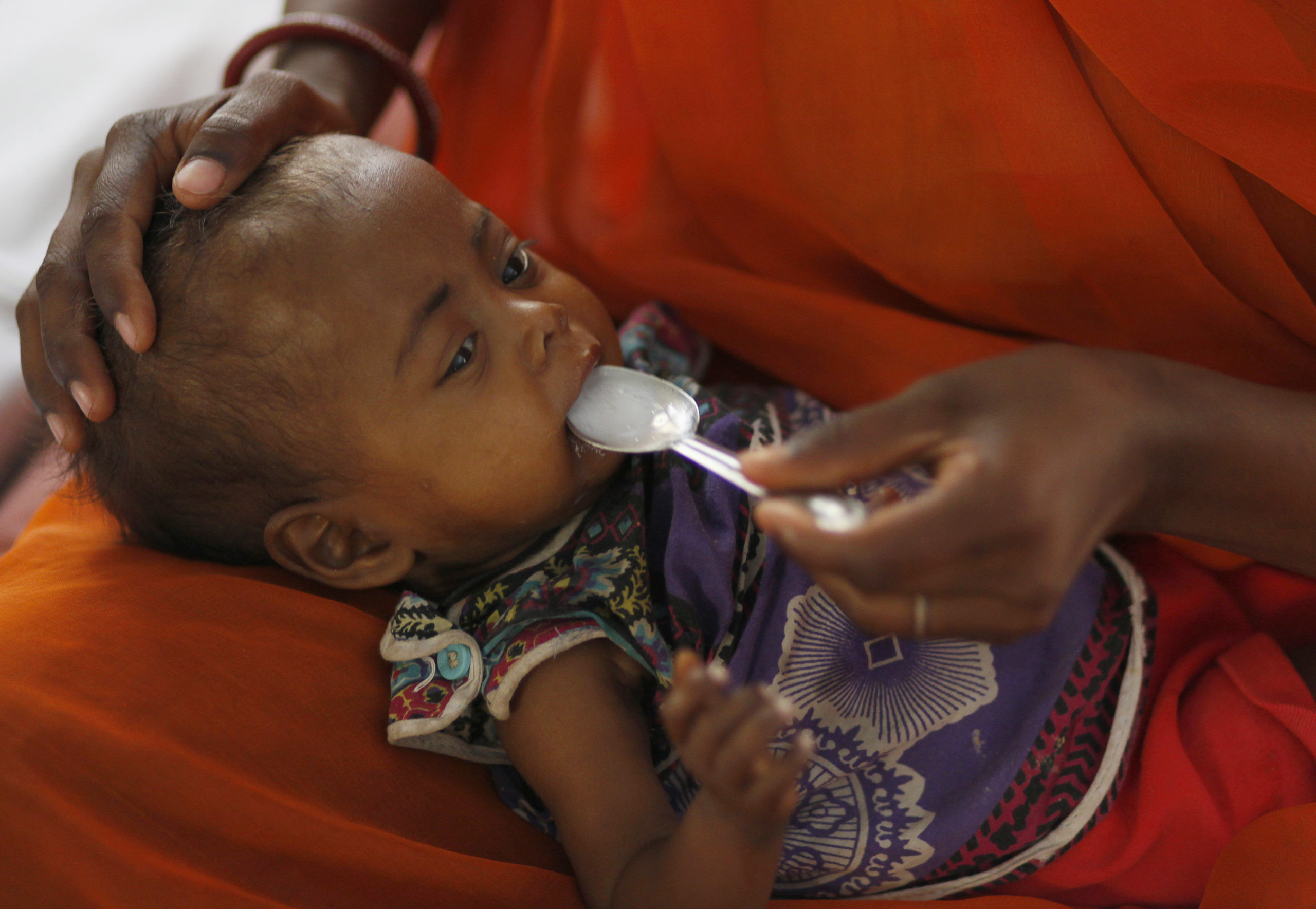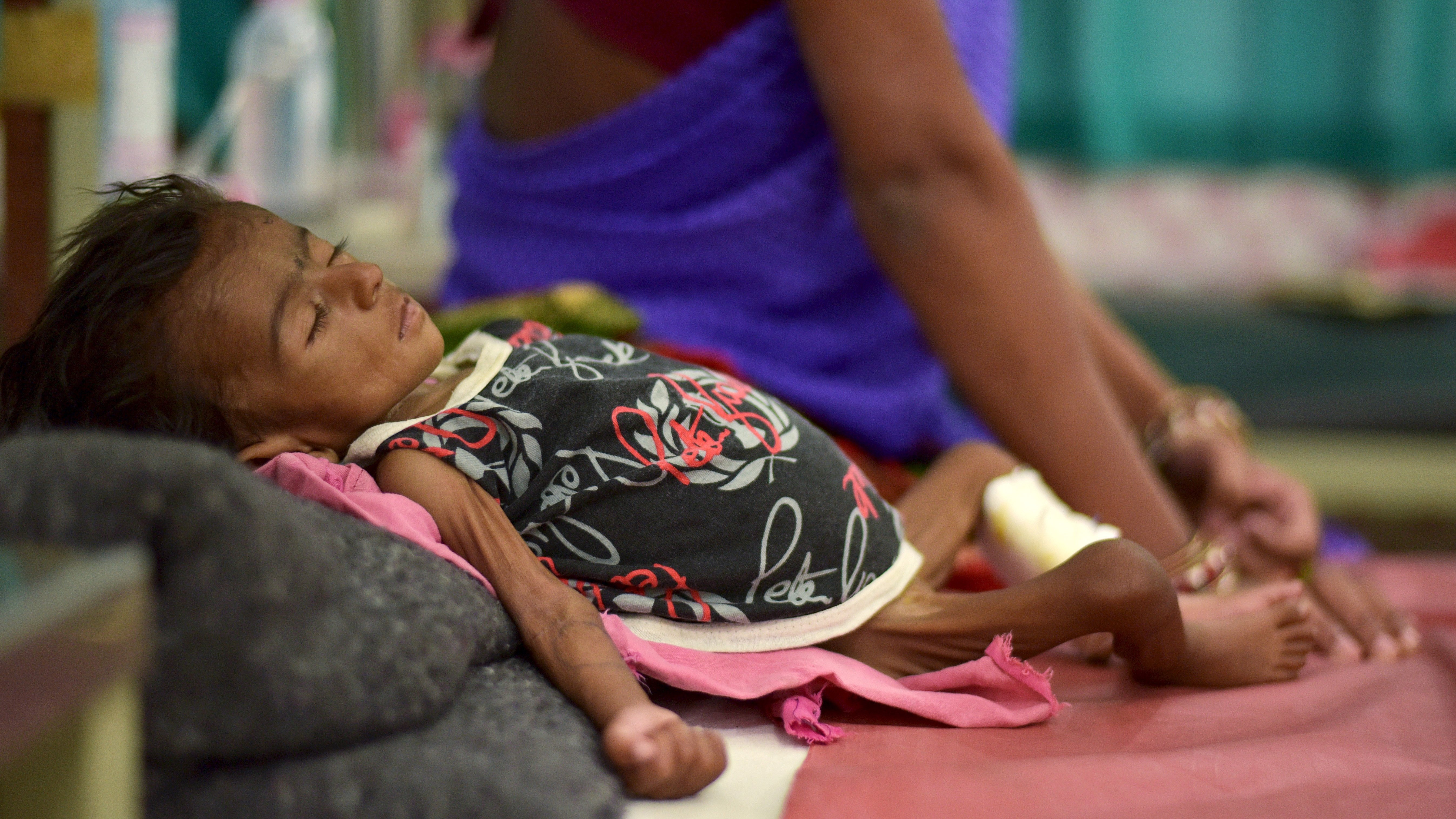The Surprising Truth About Child Malnutrition in India: Why Stunting Isn't the Only Problem
While the Indian economy has seen rapid growth in recent decades, the same cannot be said for child malnutrition. Despite numerous programs, India still holds the dubious distinction of having the highest number of malnourished children globally. The prevalent narrative focuses on stunting, a chronic form of malnutrition, but a crucial aspect often overlooked is wasting, the acute form of malnutrition.
The Interdependence of Stunting and Wasting
The link between stunting and wasting is often overlooked in the policy discussion on child malnutrition. Research indicates that children who experience wasting episodes between 6 and 24 months are significantly more likely to become stunted later in childhood. This means that addressing wasting is critical to tackling stunting, which is often the endpoint of a chronic trajectory. However, the current policies focus primarily on addressing stunting, neglecting the vital role of tackling wasting.
Why Wasting Is Underestimated and Underappreciated
The National Family Health Survey (NFHS) – the primary source for measuring malnutrition in India – only captures a child’s weight once per year. This overlooks the transient nature of wasting, which can be caused by various factors, including:
- Food Shortages: Seasonal fluctuations in food prices, particularly during the monsoon season, can lead to food scarcity for vulnerable households.
- Epidemiological Events: Floods, droughts, extreme temperatures, and other events can disrupt food access and trigger weight loss.
- Adverse Economic Shocks: Economic crises and social unrest can affect income and food security.
The fact that wasting can be a temporary, albeit recurring, phenomenon means that the NFHS data underestimates the true prevalence of this issue. This makes India’s slow progress in reducing stunting even more concerning, as the current focus on stunting neglects the crucial role of wasting in the overall picture of child malnutrition.
The Case for Addressing Wasting
Addressing wasting requires a distinct set of strategies compared to those used for tackling stunting. This includes:
- Improving Food Security: Providing access to affordable and nutritious food year-round, especially during vulnerable periods, is crucial.
- Addressing Food Access: Strengthening supply chains and ensuring distribution channels reach those who are most in need are essential.
- Responding to Disasters: Effective interventions are needed to mitigate the impact of natural disasters and economic shocks, particularly on vulnerable populations.
- Investing in Early Childhood Development: Promoting breastfeeding, providing timely complementary feeding, and ensuring access to essential health services are vital for healthy growth and development.
The Need for a More Holistic Approach
The focus on stunting alone overlooks the crucial role of wasting in child malnutrition. India’s policy must adopt a holistic approach that addresses both forms of malnutrition, recognizing their interdependence. This requires a deep understanding of the factors driving wasting, including seasonal vulnerabilities, environmental factors, and economic disparities. By taking a more comprehensive approach to nutrition, India can make significant strides in improving the health and well-being of its youngest citizens.
Beyond the Numbers: The Human Cost of Malnutrition
It is important to remember that behind these statistics are real children whose lives are affected by malnutrition. Stunting and wasting have long-term consequences for their physical and cognitive development, limiting their educational attainment, future earning potential, and overall quality of life. Addressing malnutrition is not just a matter of statistics; it’s about ensuring every child has the opportunity to thrive and reach their full potential.
What India Can Do: A Call for Action
There are several steps that India can take to improve its response to child malnutrition. These include:
- Expanding the Focus of Policies: Addressing wasting alongside stunting must be a top priority, with specific strategies for each type of malnutrition.
- Investing in Nutrition Programs: Increasing and streamlining funding for existing programs and developing new ones to tackle malnutrition are crucial.
- Strengthening Data Collection: Improving the measurement of malnutrition, including the collection of data on seasonal variations in wasting, is essential for effective policy interventions.
- Building a Multisectoral Approach: Engaging various ministries and agencies, including health, agriculture, education, and social welfare, is vital for a coordinated response.
By prioritizing nutrition, India can unlock a brighter future for its children, ensuring a generation that is healthy, strong, and ready to contribute to the country’s progress. This requires a commitment to action, a focus on both stunting and wasting, and a collective effort to ensure that every child has the opportunity to thrive.


















